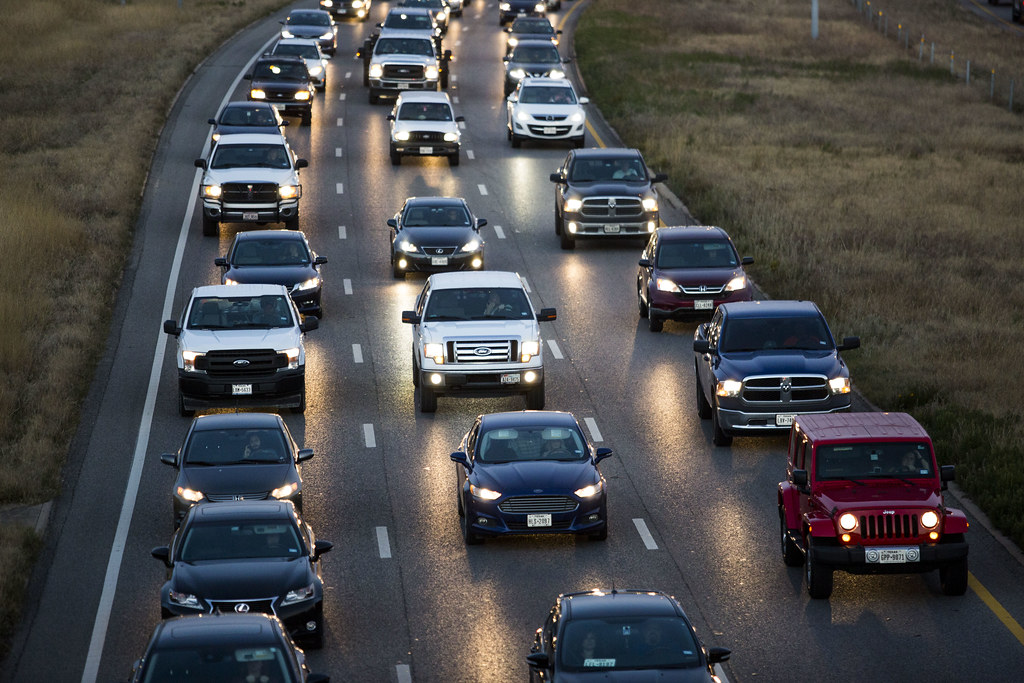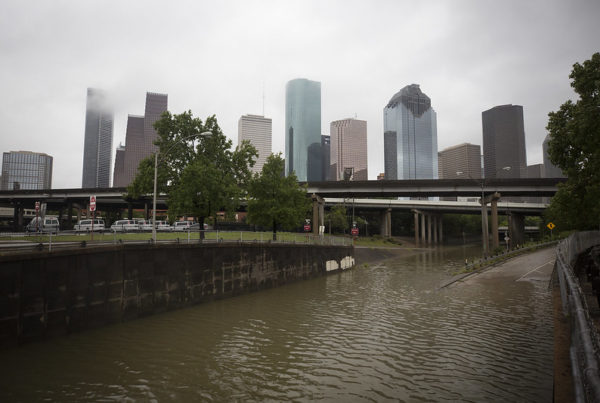The Lone Star State has joined an exclusive club that includes just three other states – Arizona, Utah and Idaho – that have recovered all the jobs that were lost when the pandemic first hit. Driving the trend is population growth, fueled by migration from expensive coastal areas. And Texas especially, has seen big tech companies relocate or expand to cities like Austin and Houston.
Bryan Mena is a reporter covering economics for the Wall Street Journal. Listen to the interview above or read the transcript below to learn more about
This transcript has been edited lightly for clarity:
Texas Standard: As you write, Texas has joined the ranks of three other states that appear to have bounced back, jobwise. What are those other states and what seems to be the common thread, if any?
Bryan Mena: So the four states are: Texas, Arizona, Utah and Idaho. And the main reason why these states have regained all those job losses that occurred at the start of the pandemic has to do with population growth. So it’s like the common denominator here, especially in Texas. According to recent Census Bureau estimates, the Lone Star State saw its population grow by about 310,000 people from July 2020 to July 2021. And so when you have population growth, you also see payrolls increase as well. And so more people are taking on jobs in Texas. And it also varies by state as well and by sectors. Specifically in Texas, the economy has been diversifying for at least 10 years, and this is according to an economist at UT Austin. Before, the main drivers of employment were natural gas and crude oil companies. But now we’re seeing technology companies invest in Texas, hire more people.
You mentioned tech. What industries seem to be seeing the biggest growth in these states?
It’s really across the board. When you look at the data from the Bureau of Labor Statistics, you see growth throughout all industries. But in Texas, again, you’ve seen this sort of diversification where it’s happening in high tech industries. Hewlett-Packard is relocating its headquarters to Spring, Texas, which is in the Houston area. And just recently, Meta, the parent company of Facebook, announced that it’s going to lease 589,000 square feet of office space in Austin.
So you’re seeing these companies coming from coastal areas like Los Angeles and the Bay area to places like Austin and Houston to set up shop and hire people. But really, it’s across the board. You’re seeing employment growth even in leisure and hospitality, which we know was very depressed in 2020.
You talk about how there’s been a lot of growth in all four of those states. But I think a lot of listeners may notice another similarity. All of these are red states. And I’m wondering what the folks you talked with had to say about whether or not that factored into the jobs recovery, in other words, policies?
That’s also another main reason for why these states have recovered those job losses. Republican governments, which we know are more resistant to having strict COVID-19 mitigation measures, allowed businesses to stay open in contrast to states like California and New York, which had much stricter COVID regulations. The reopening were much sooner in these states, which are led by Republicans. And so, yeah, certainly a big reason why these states have recovered.
No one was immune from what I could tell from the great resignation – complaints by some businesses that nobody wants to work, red state or blue. So how does what you’re describing square with that great resignation narrative?
That’s also another big economic story – the quits are really, really high across the country and this is across all states. This really just shows that the labor market is very tight and shows that people are switching jobs, and it’s important to note that quits are high, but also higher. And so it’s not just a great resignation. It’s more a great reshuffling, because people are quitting, but they’re also being hired at the same time. And the pandemic has a lot to do with it because people are switching from consumer facing industries to other kinds of industries where they can do remote work, they don’t have to deal with customers, [they can earn] higher wages, they can get more flexibility. So it’s really a change of heart for a lot of workers and you’re seeing this across the states.
But this goes back to also population growth. When people are working remotely, they don’t have to work in expensive cities like San Francisco or New York City. And so some remote workers have been relocating to more affordable places, like in Texas or Arizona., It’s definitely how that fits into that, where you have workers have a change of heart. And so they’re taking on different kinds of jobs. And so it’s not just a great resignation, it’s also a creative reshuffling.
Is this a turning point in the labor market in a larger sense or no?
We’ll see throughout this year. I think the big question mark has been how the dynamic between COVID and the labor market has evolved over time. We know that lots of states and lots of governments are not going to go back to the lockdowns we saw in early 2020. But we’re still seeing people calling out sick. They’re still afraid of getting COVID. And so I guess the big key factor here is the direction of the pandemic – whether or not it gets under control, if we have a variant that’s more or less severe.














